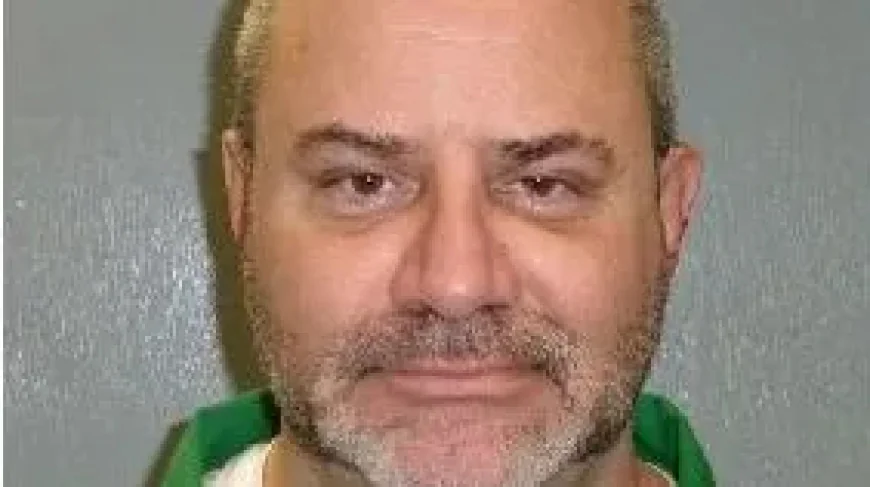Stephen Stanko Execution: A Final Statement and the Lethal Injection Process Unfold
Stephen Stanko, sentenced to death for two separate murders in South Carolina, was executed by lethal injection. His execution marks the state’s sixth in nine months after a 13-year pause.

South Carolina on Friday evening executed Stephen Stanko, a 57-year-old man sentenced to death twice for two separate murders committed in 2005. Stanko’s execution by lethal injection took place at 6:34 p.m., marking the sixth execution in the state in under a year, following a 13-year pause due to drug access issues.
The Crimes: A Chilling Double Murder
Stanko was convicted of killing a male friend in Horry County after shooting him and withdrawing money from his account. Just hours before, in Georgetown County, he had strangled his live-in girlfriend, sexually assaulted her teenage daughter, and slit the girl’s throat, leaving her critically injured but alive.
The two separate death sentences made him one of the few inmates in South Carolina with multiple capital convictions.
Final Statement and Lethal Injection Process
Before his execution, Stanko gave a 3½-minute statement, in which he apologized and pleaded not to be judged for “his worst day.”
“I have lived about 20,973 days, but I am judged for just one,” he said.
Stanko turned to face the victims’ families during his last moments. As the first dose of pentobarbital was administered, his breathing slowed, and his complexion faded. A second dose was requested 13 minutes later, and Stanko was officially declared dead 28 minutes into the procedure.
His lawyer, Lindsey Vann, present at the execution, held rosary beads throughout the process. Family members of the victims watched until he stopped breathing.
Legal Battles and Execution Context
Stanko had initially considered choosing the state's newly approved firing squad, but opted for injection after learning that bullets used in a previous firing squad execution nearly missed the inmate’s heart.
Efforts to block his execution—citing concerns about lung fluid accumulation from previous lethal injections—were rejected by the courts. Governor Henry McMaster also denied clemency minutes before the process began.
South Carolina has executed 48 inmates since reinstating the death penalty nearly 50 years ago—none have been granted clemency.
Executions Rising Across the U.S.
Stanko’s execution closed a busy week for U.S. capital punishment:
-
Florida and Alabama conducted executions on Tuesday.
-
Oklahoma executed a man transferred from federal custody on Wednesday.
-
Stanko followed on Friday.
This rise in executions highlights renewed momentum in carrying out death penalties across multiple states.
A Final Meal and Message of Remorse
Stanko’s last meal included:
-
Fried fish and shrimp
-
Crab cakes
-
Baked potato, carrots, fried okra
-
Cherry pie and banana pudding
-
Sweet tea
His parting message expressed remorse and a plea for forgiveness:
“Once I am gone, I hope Christina, Laura’s family, and Henry’s family can forgive me. I believe the execution might help them. Forgiveness can bring healing.”
Looking Ahead: South Carolina's Death Penalty Landscape
Stanko’s execution underscores the state’s renewed capacity to carry out capital punishment following legislative changes protecting drug sources and adding alternative methods like the firing squad.
With six executions in nine months, South Carolina is once again among the most active death penalty states in the U.S., signaling a more assertive stance amid national debate over execution methods, justice, and mercy.


